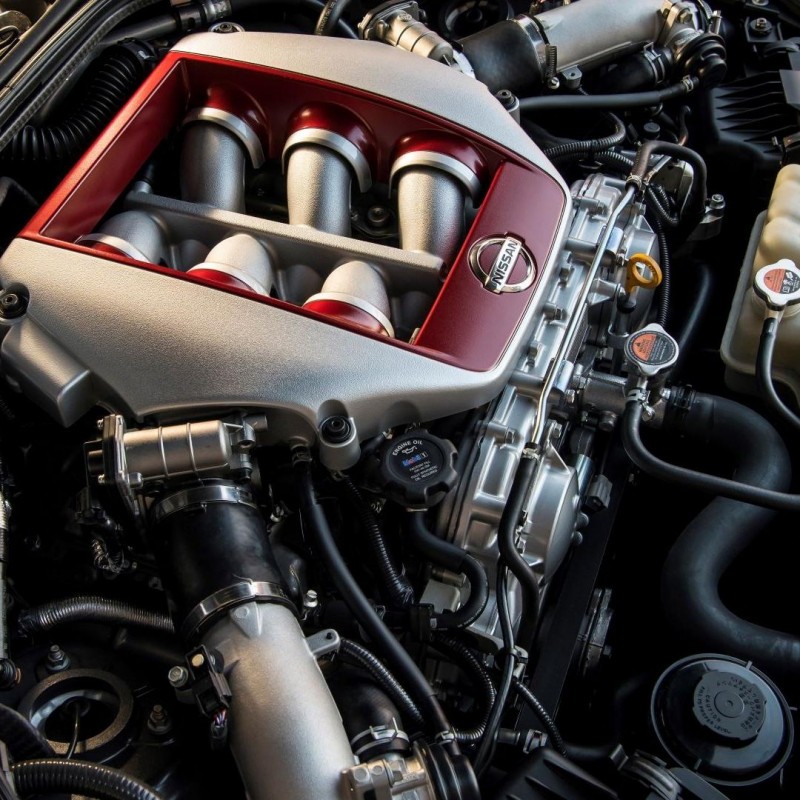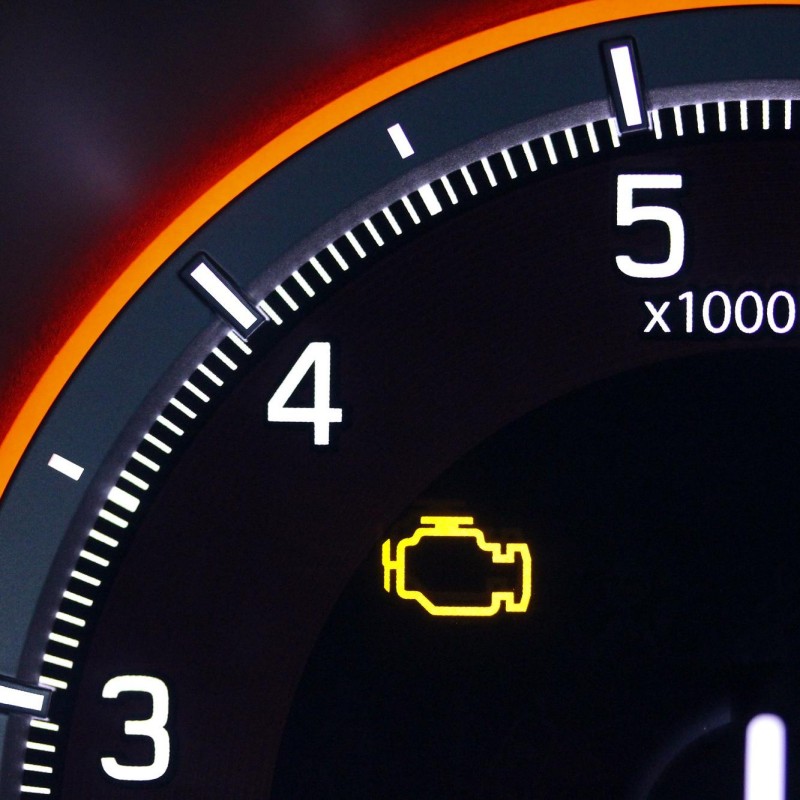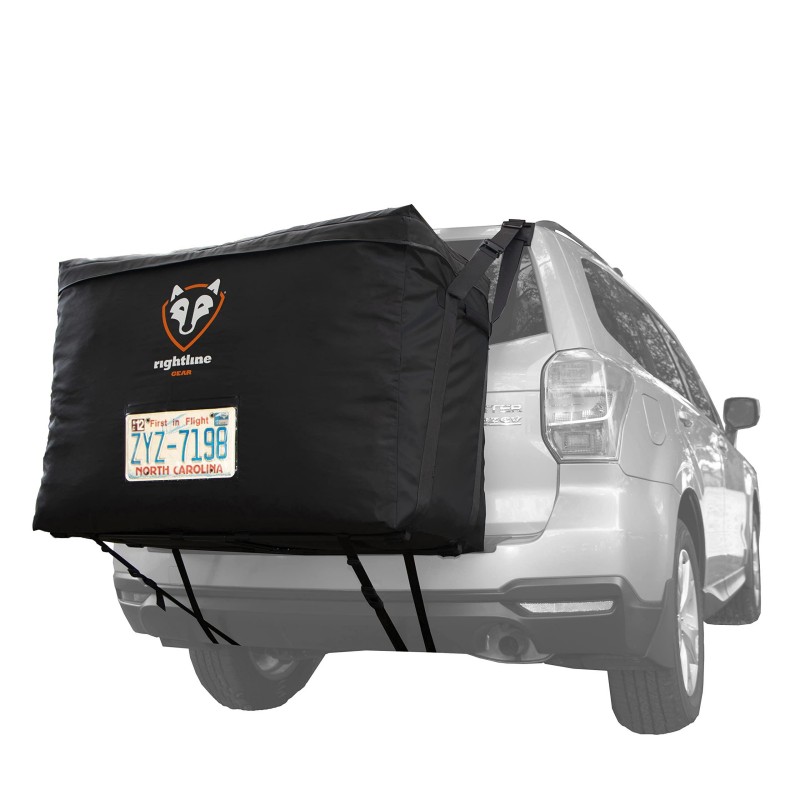When searching for a new vehicle or discussing engine specifications, you may have come across references to “liters” in the context of engine size. So, what does liters in an engine mean? Engine displacement, measured in liters, refers to the total volume of all the cylinders in an engine. This measurement is crucial because it provides insights into the engine’s capability to produce power. Generally, a larger displacement often translates to more power and torque, but it can also affect fuel efficiency. Understanding how engine displacement affects performance, fuel consumption, and other aspects of driving is essential for making informed decisions when choosing a vehicle. In this extensive article, we will explore in-depth what engine displacement is, how it’s measured, the relationship between engine displacement and performance, and much more. By the end, you will gain a comprehensive understanding of what liters in an engine mean and how they influence your vehicle’s dynamics.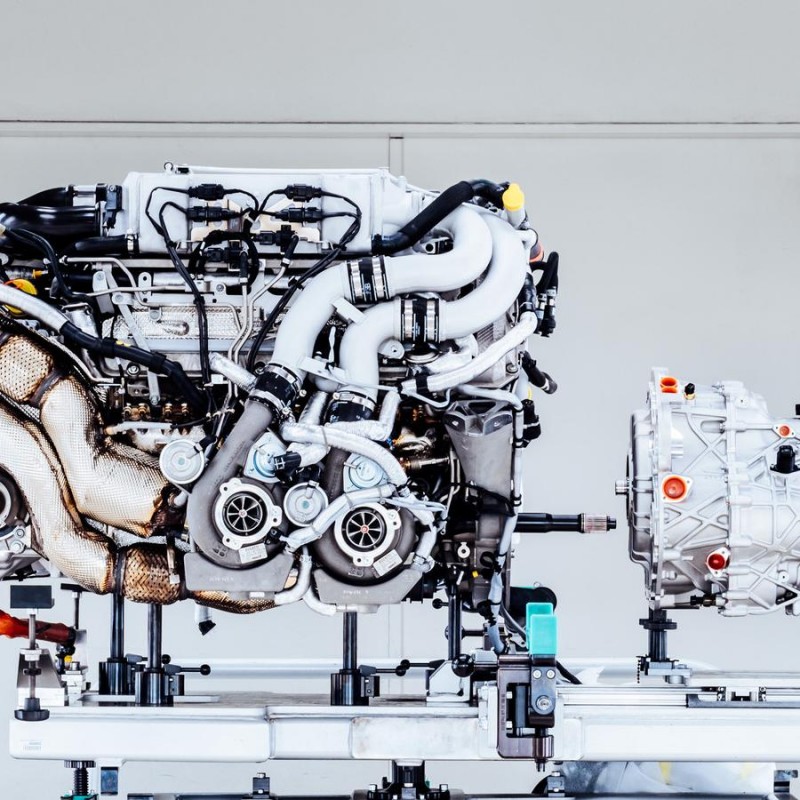
What is Engine Displacement?
Engine displacement, often measured in liters (L) or cubic centimeters (CC), signifies the total volume swept by the pistons in a single engine cycle across all cylinders. This measurement provides valuable information about the engine’s size and capacity.
Definitions and Measurements
At its core, engine displacement refers to how much space the engine’s combustion chambers occupy when the pistons move from the bottom dead center (BDC) to the top dead center (TDC) during operation. Displacement is calculated using the formula:
Displacement=π×(R2)×h×N
Where:
- R is the radius of the cylinder.
- h is the height or stroke length of the cylinder.
- N is the number of cylinders in the engine.
This formula takes into account every cylinder’s dimensions, providing a precise measure of the engine’s overall size.
Common Units of Measurement
Engine displacement can be expressed in two common units of measurement:
- Liters: Most modern vehicles use liters when denoting engine displacement. For example, a 2.0L engine indicates that the total cylinder volume is two liters.
- Cubic Centimeters (CC): In some markets, especially for motorcycles and smaller cars, engine displacement may be expressed in cubic centimeters. For reference, 1 liter is equivalent to 1,000 cubic centimeters.
Why Does Engine Displacement Matter?
Understanding what liters in an engine mean is fundamentally important because displacement impacts several key characteristics of vehicle performance, efficiency, and functionality.
Power and Torque Production
One of the primary reasons engine displacement is critical lies in its relationship to power and torque. Generally speaking, an engine with a larger displacement can produce more power and torque than a smaller one. This is mainly because, with increased piston volume, the engine can burn more fuel and air mixture in a single cycle, leading to greater energy production.
Fuel Efficiency
While larger engines tend to produce more power and torque, they also consume more fuel. Therefore, understanding displacement can play a crucial role for consumers concerned with fuel efficiency. Conversely, smaller engines are often more fuel-efficient due to their ability to burn less fuel, particularly in light or moderate driving conditions.
Engine Performance Characteristics
Aside from power and efficiency, engine displacement influences the overall performance of a vehicle.
- Acceleration: Generally, vehicles with larger engines accelerate more quickly due to their ability to generate greater torque at lower RPMs.
- Towing Capacity: For those who require towing, understanding displacement is essential. Larger engines typically provide better towing capability thanks to their increased torque output.
- Engine Response: The performance characteristics, such as how quickly the engine responds to throttle inputs, can be linked to engine size. Larger engines often respond with more authority, delivering torque immediately.
Types of Engines and Their Displacements
Engines come in various configurations and displacements, influencing their suitability for different vehicles and driving styles.
Inline Engines
An inline engine is one of the most common types of engine configurations. They usually feature a series of cylinders arranged in a straight line.
- Example: A 2.0L inline-4 engine can often be found in compact cars, providing a good balance of power and efficiency.
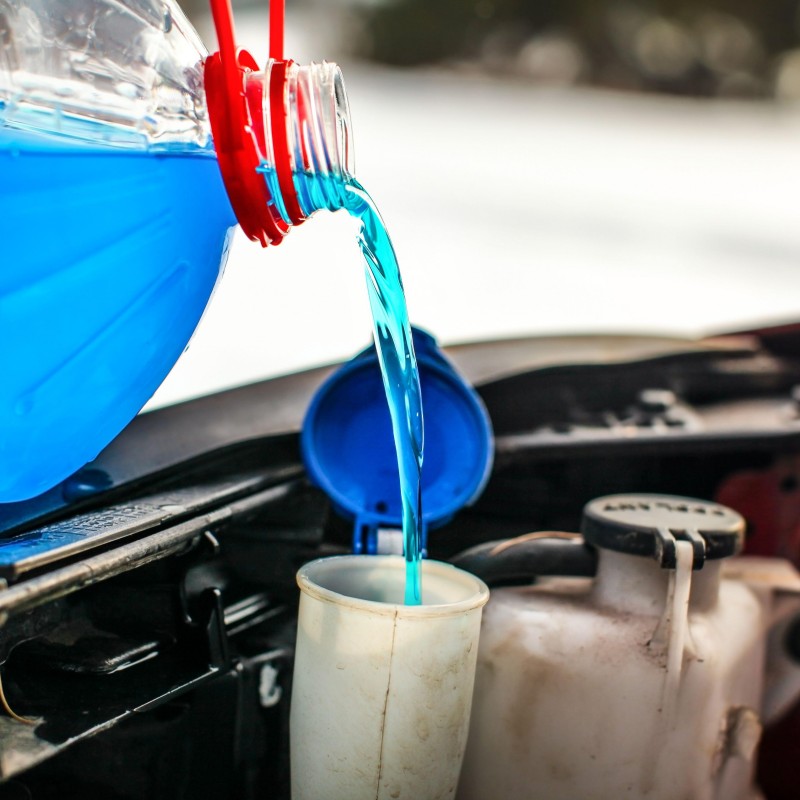
V-Engines
V-engines consist of two banks of cylinders arranged in a V shape. They are common in performance and luxury vehicles.
- Example: A 3.5L V6 engine is prevalent in mid-sized SUVs, delivering both power and reasonable fuel efficiency.
Flat Engines
Flat engines, also known as boxer engines, have cylinders arranged horizontally. This design offers a lower center of gravity, improving stability.
- Example: The Subaru boxer engine utilizes a 2.5L flat-four configuration, enhancing handling in the process.
Rotary Engines
Rotary engines, although less common, consist of a triangular rotor spinning in an eccentric housing. The displacement of rotary engines is described by the total volume swept by the rotor.
- Example: The Mazda RX-7 features a 1.3L rotary engine, producing excellent power despite its small displacement.
The Relationship Between Displacement and Performance
Understanding how displacement correlates with various aspects of performance can help consumers make informed vehicle choices.
Horsepower and Torque Ratings
Manufacturers often provide horsepower and torque ratings in conjunction with engine displacement. Horsepower indicates the engine’s ability to perform work over time, while torque represents the force that initiates motion. Both metrics are influenced by the engine’s displacement.
Boosting Performance with Forced Induction
To compensate for smaller engine displacements, automotive manufacturers often employ forced induction, such as turbochargers or superchargers, to enhance performance.
- Turbocharged Engines: Turbocharging increases the amount of air available for combustion, which can effectively boost power and torque without increasing the engine’s physical size.
- Supercharged Engines: Superchargers compress the intake air, improving performance across a broader RPM range and providing a power boost without sacrificing efficiency.
This relationship between displacement and forced induction can trick the mind into thinking a smaller engine might outperform a larger naturally aspirated engine.
Vehicle Weight Considerations
In sports cars and performance vehicles, the overall weight of the car also plays a critical role. Manufacturers aim to strike a balance between engine size and vehicle weight to optimize performance. A powerful engine in a lightweight body can accelerate quickly and deliver effective handling capabilities.
Displacement and Engine Technology
Advancements in engine technology have altered how manufacturers utilize displacement and its implications for performance.
Variable Valve Timing
Variable valve timing systems adjust the timing of the intake and exhaust valves, enhancing both efficiency and performance. These systems can improve engine response and power delivery, leading to better overall performance from various engine sizes and displacements.
Direct Fuel Injection
Direct fuel injection allows for more precise fuel delivery into the combustion chamber, improving efficiency and power. This technological enhancement enables smaller engines with lower displacement to produce competitive horsepower and torque figures compared to larger engines.
Dual Overhead Cam (DOHC) Configurations
The implementation of DOHC configurations enhances airflow in the engine and allows for more efficient combustion. With improved valve control, engines can produce more power without increasing displacement.
Maintenance Considerations Related to Engine Displacement
Motorcycle displacement can significantly affect the type of maintenance required for engines over time.
Oil Change Frequency
Generally, the larger the engine displacement, the greater the volume of oil required. Consequently, maintenance schedules related to oil changes may vary. Larger engines typically require more frequent oil changes due to higher operating temperatures and oil breakdown.
Cooling System Requirements
Engines with greater displacement commonly generate more heat. Therefore, maintaining the cooling system is paramount. Regularly inspecting coolant levels and examining hoses and water pumps is crucial for larger engines.
Timing Belt and Chain Maintenance
Vehicle engines often rely on timing belts or chains to synchronize the camshaft and crankshaft for efficient operation. Depending on engine design, displacement, and manufacturer recommendations, these components may require periodic inspection and replacement.
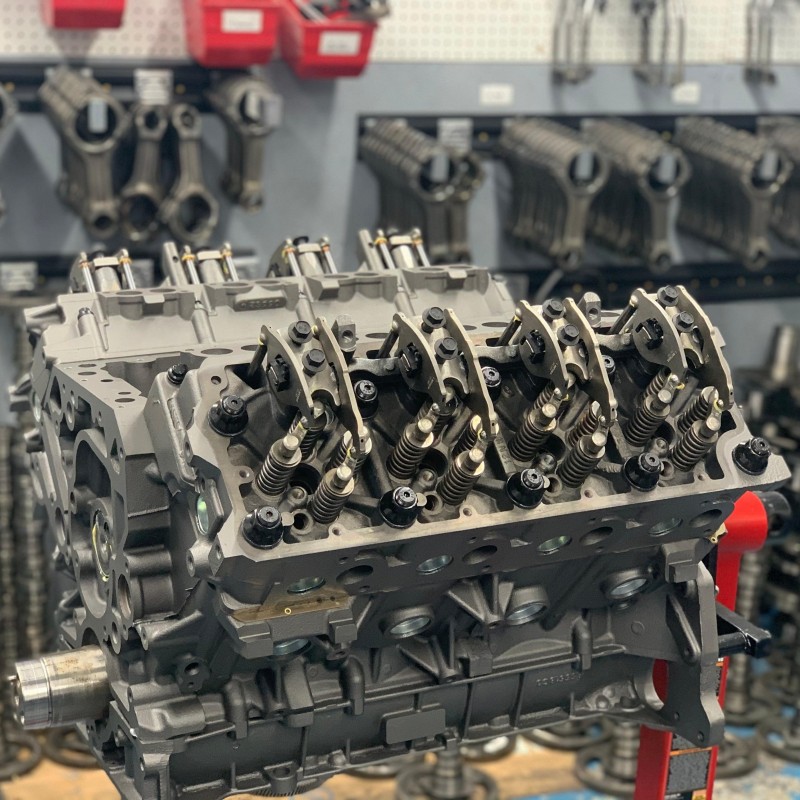
Conclusion
Understanding what does liters in an engine mean is essential for vehicle owners and enthusiasts alike. Engine displacement serves as a significant indicator of power, torque, and overall performance. Whether you’re drawn to a compact vehicle with a small engine or a high-performance sports car with a larger displacement, knowledge of engine size equips consumers to make informed decisions.
Displacement influences not only how an engine performs but also its efficiency, maintenance needs, and suitability for specific driving styles. With advancements in technology, smaller engines are capable of producing impressive power outputs, driven by innovations such as forced induction and direct fuel injection.
Ultimately, understanding the interplay between engine displacement and vehicle performance arms you with the information necessary to select the right vehicle that meets your needs. Taking into account these variables allows riders to maximize their driving experience while ensuring that they choose the best engine option for their unique lifestyles.
